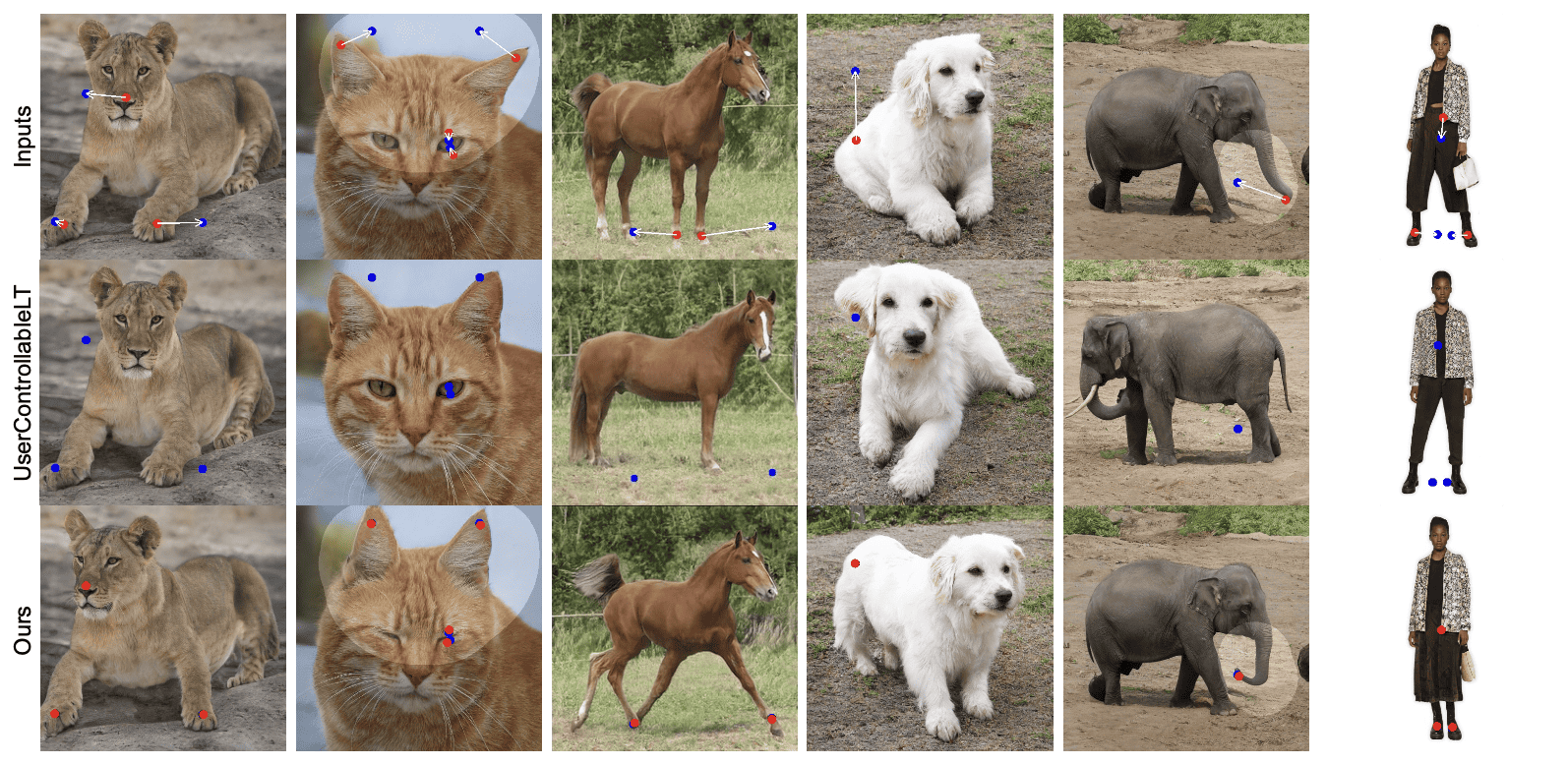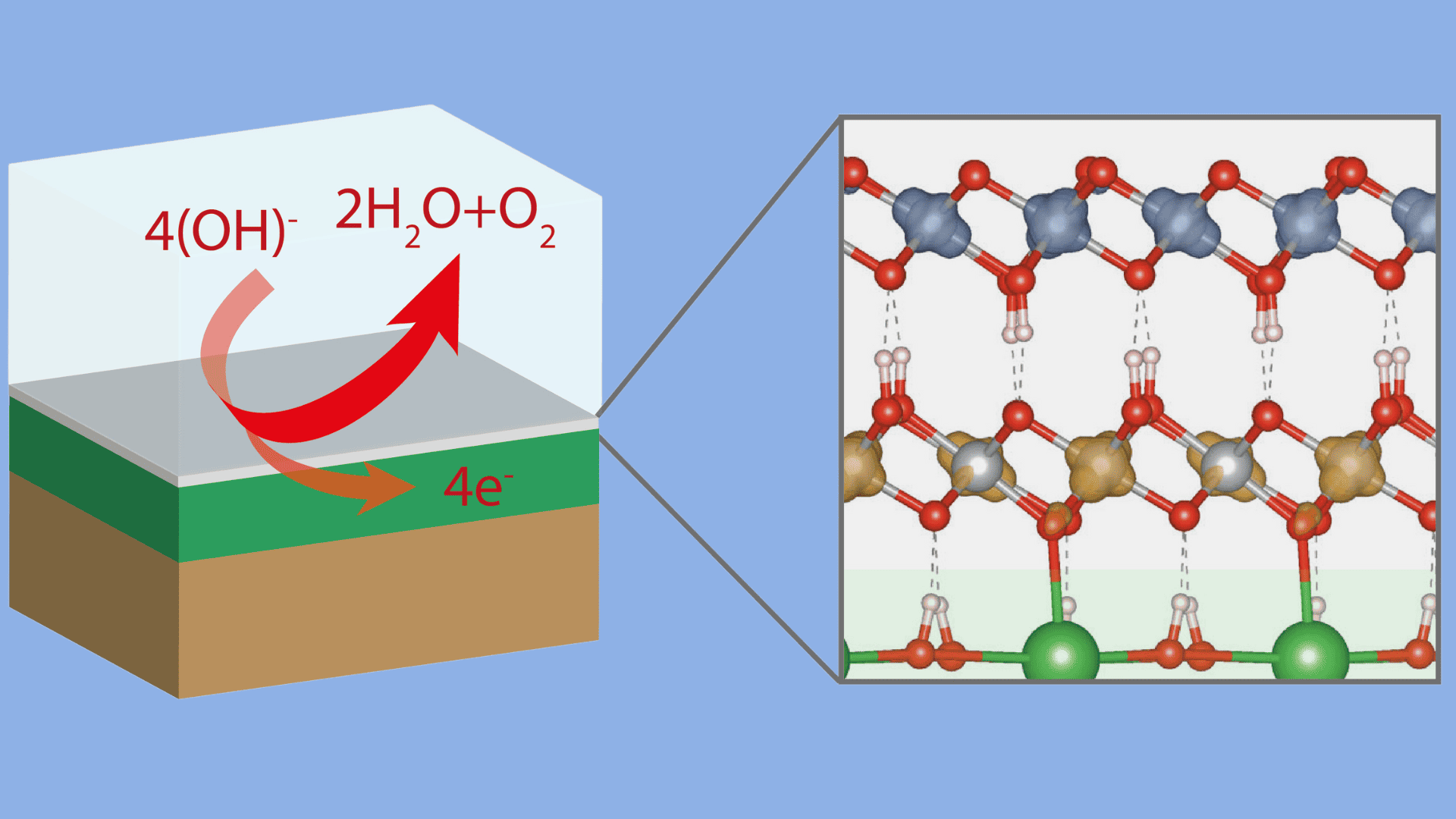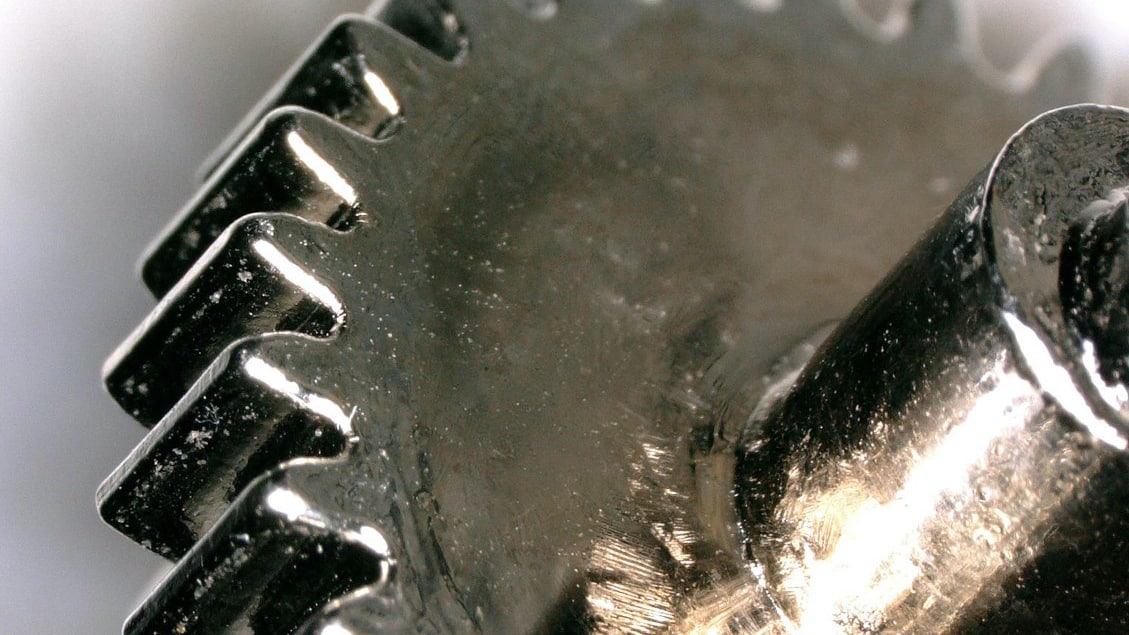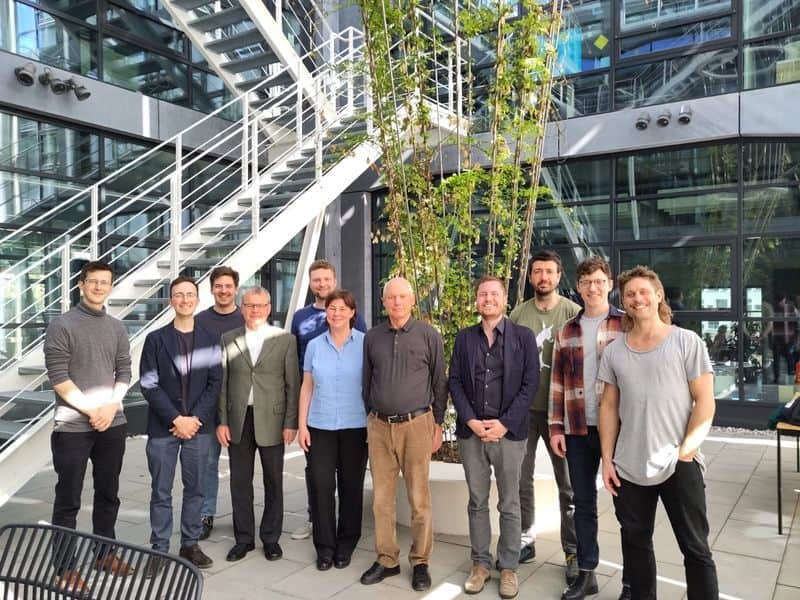
LK-99, originally hailed as a room-temperature superconductor, has been revealed not to be one. This material, a compound of copper, lead, phosphorus, and oxygen, seemed to exhibit superconducting properties due to contaminations, particularly copper sulfide. This misinterpretation was rectified by separate teams in Beijing and the Max Planck Institute, who demonstrated through theoretical and experimental evidence that LK-99 is actually an insulator, not a superconductor. The swift resolution of this scientific detective story teaches us the value of meticulous theoretical calculations and the significance of old data.
- LK-99, initially believed to be a room-temperature superconductor, has been determined to be an insulator.
- The mistaken identity of LK-99 as a superconductor highlighted the need for meticulous scientific investigation and cautious theoretical calculations.
- Despite the disappointment surrounding LK-99, its case underscores the ongoing pursuit of room-temperature superconductors.
Unraveling the Mystery
Contrary to initial beliefs, the discovery that LK-99 is not a room-temperature superconductor has been a significant development in the scientific community. Initial claims by a South Korean team that LK-99 exhibited superconductivity at standard pressure and temperatures attracted considerable attention and replication attempts. These early findings sparked excitement and speculation that we were on the brink of a scientific breakthrough, potentially revolutionizing various fields, including computing, consumer electronics, and magnets.

However, as teams in Beijing started to delve deeper into the properties of LK-99, they found alternative explanations for the observed phenomena. The structure of LK-99, they found, was not conducive to superconductivity. Instead, they observed that impurities, specifically copper sulfide, were responsible for the material’s properties that resembled those of superconductors. It became apparent that the initial perception of LK-99 as a superconductor was a case of mistaken identity.
Confirming the Truth
The process of investigating LK-99’s properties involved multiple laboratories around the world. Researchers at the Max Planck Institute synthesized pure samples of LK-99, which confirmed that it was, in fact, an insulator. This was a significant dismissal of the initial claims of LK-99 being a superconductor. As more laboratories replicated the results, the consensus grew that LK-99 was not a superconductor.
The University of Maryland’s Condensed Matter Theory Center echoed this sentiment, stating that LK-99 was “With a great deal of sadness, we now believe that the game is over. LK99 is NOT a superconductor, not even at room temperatures (or at very low temperatures). It is very highly resistive poor quality material. Period. No point in fighting with the truth.” Further studies from other renowned institutions, such as CSIR-National Physical Laboratory in India and the International Center for Quantum Materials in China, reinforced this conclusion. They found no signs of superconductivity in LK-99 at room temperature and suggested that LK-99 might be ferromagnetic instead.
Lessons Learned
The LK-99 saga serves as a reminder of the importance of rigorous scientific investigation and the need for caution in theoretical calculations. It underlines the value of old data and the rapid resolution of scientific puzzles. It is a testament to the power of global scientific collaboration, with teams worldwide working simultaneously to unravel the truth about LK-99.
The initial excitement around LK-99 also showcased the potential impact of room-temperature superconductors. Despite the disappointment about LK-99, pursuing such materials continues unabated, as they could open up possibilities for resistance-free power transmission and radically transform several industries. In this quest, the journey of LK-99 serves as a valuable lesson about the challenges and pitfalls of scientific research.






